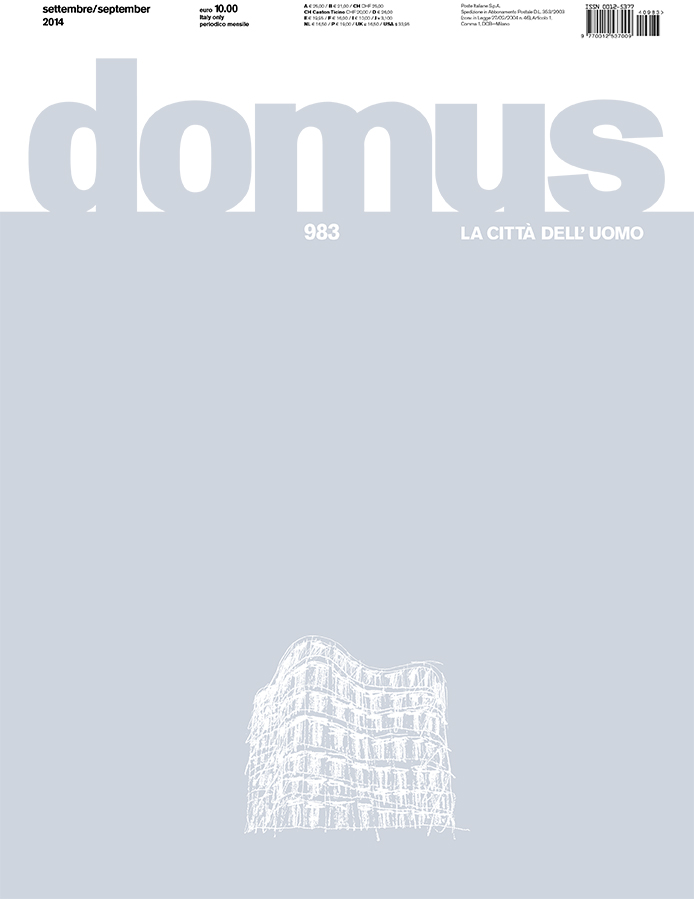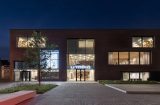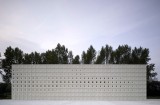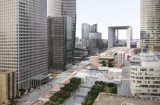Domus 983 features PLANTA and Kees Kaan essay “Time puts everything in place”
The September 2014 issue of the Italian magazine dedicates four pages to KAAN Architecten’s project and exhibition of PLANTA at the Venice Biennale. Down here the full text.

Times puts everything in place – Kees Kaan
The field covered by architecture seems to be without boundaries. Architecture is present everywhere, and as a result the subject of public debate. The profession has a long tradition. Depending on the stance taken by the observer, either this tradition or the latest fashion in building dominates. Most commissions emerge from the societal desire to build, but within a framework of economical and political culture.
It is very tempting to label oneself as an architect with a specific trademark or speciality. The use of an extreme style makes you more easily recognisable as an expert or an extravagant designer. Personal branding has become the standard. Architects like to see themselves as boosters of innovation. This is the most inappropriate and undeserved self-image of our profession. By its very nature, architecture is a slow profession, so trendsetting or being ahead of social changes is a contradiction in terms.
Time is a constant and puts everything in its place. Jerzy Kosinski describes this beautifully in his novel Being There. The story is about Chance, a gardener, who spends his entire life in a walled garden, isolated from the surrounding world. Behind this barrier, time passes without any reference but the seasons.
“What was nice about the garden, was that at any moment, Chance could start to wander, never knowing whether he was ahead of or behind his previous steps. All that mattered was moving in his own time, like the growing plants”.
There is an unbreakable bond between the material from which a building is made and the zeitgeist enclosed within it. But in time the object can liberate itself from the idea from which it emanated. The idea was just the cause, a means to the end of having a building. When the circumstances in which the building emerged change, the spaces and bricks remain and may harbour new activities. I consider an essential aspect of architecture to be its generosity in cutting itself free from its lead position. At the end of the day, a building is nothing but a tool facilitating human activity. The quality of a building is measured by its conveniences, durability, ergonomics and functionality. Contrary to what happens in society, the physical reality and thus the fundamental requirements of human life hardly change.
Form is not the aim of Chance’s garden, but the result of a series of actions performed with care and attention. Quality and universal wisdom are the implicit consequences in this metaphor. This goes for the creation of buildings too. We produce good buildings through dedication and concentration.
When the physiognomy of a building is right, its appearance will correspond in character, function and essence. Beauty in the conventional sense is irrelevant. A building that is correct in its physiognomy might very well be unattractive but its appearance and character correspond. In order to achieve this we follow a conceptual and programmatic path. Our architectural designs are rid of all elements that do not contribute to the conceptual essence of the project. What remains is the most direct, intense representation of the fundamental idea behind the project.



